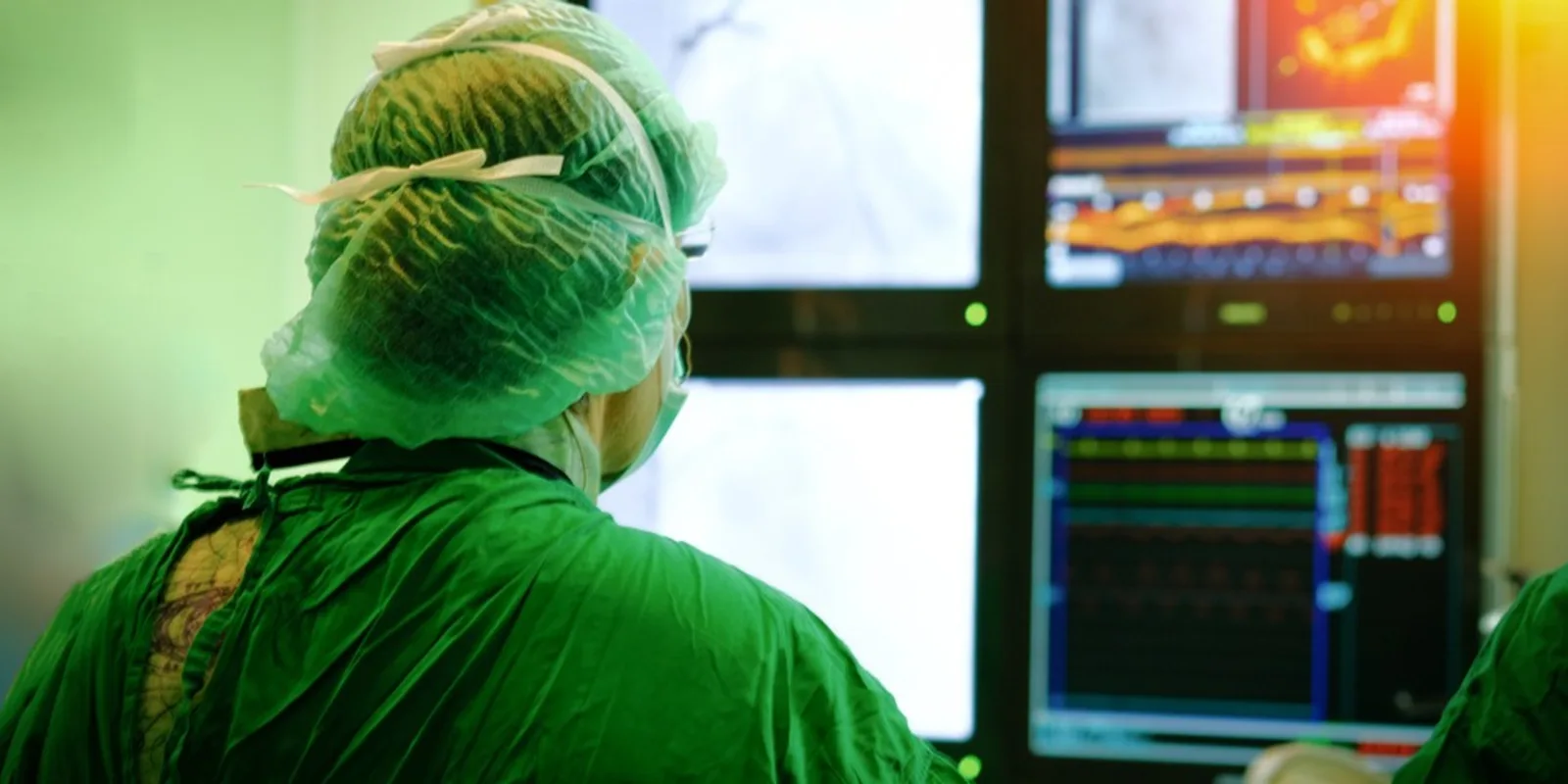
As the newest medical specialty approved by the American Board of Medical Specialties, interventional radiology (IR) has launched onto the scene as the hottest specialty among graduating medical students. According to the NRMP 2017 Main Residency Match Data and Results, 563 students applied for a total of 125 positions. Of those, 119 (21.1%) matched successfully. That is to say — IR is VERY competitive.
If you are applying to IR, there are lots of opinions on what you can do to make yourself more attractive to IR residency programs. But what is often lost in the shuffle is the fact that these training programs are also trying to sell themselves to you.
As a recently-matched IR fellow, here are my personal opinions on how you can evaluate an IR training program. While I will speak mostly on my experience applying to IR fellowships, I believe these same tips will apply to medical students applying to IR residencies.
Tip #1: Consider if “clinical IR” is right for you.
For those who followed the transition of IR from a subspecialty within diagnostic radiology (DR) to a full-fledged medical specialty in its own right, the term “clinical IR” represents a paradigm shift. Gone are the days when referring clinicians could “order” a procedure to be performed. The IRs of tomorrow are expected to be “consulted,” and we will evaluate the patient, perform a history and physical, and decide whether a procedure is indicated. We are also expected to take care of the clinical needs of a patient rather than just be the technician that performs the procedure.
The benefits of clinical IR are obvious and beyond the scope of this post. But just ask yourself one question: As a patient, would you rather have the physician who performed your procedure to follow up with you and manage any potential issues and complications, or would you prefer someone who may or may not understand the procedure performed?
As you can imagine, the transition to clinical IR also represents a significant change in training in IR residency/fellowship programs. Here’s an analogy: the responsibilities of a plumber are drastically altered when you demand they be liable for the entire house. What this translates into are more vigorous work hours, more time spent with disease and medication management, more time spent at the bedside away from the angio suite, and more time spent dealing with pesky patient placement issues.
While many training institutions have already integrated clinical management of patients into their daily practice, there are still training programs who prefer to pay “lip service” to clinical IR. Here are some questions you can ask to assess whether a training program is truly clinical:
- Do you admit, manage, and discharge your own patients?
- Do you have an IR clinic, and how often are the trainees involved?
- How often does IR participate in interdisciplinary tumor boards, and what responsibilities does the IR physician have during these meetings?
Tip #2: Identify the scope of training.
The greatest strength of IR also happens to be its biggest weakness — the insanely wide variety of procedures. As a result, your training may vary drastically depending on the institution. A fully-trained IR will learn to perform any procedure competently, whether or not he or she had the opportunity to learn during training. That said, there are obvious benefits to gaining familiarity with a novel procedure when there is an additional set of eyes and hands behind you.
A handful of programs can train you to perform the so called “full range” of IR procedures. You can figure out if an institution is “full range” on your interview day by asking if the service lines you’re interested in are integrated into the training curriculum. Find out more about the Society of Interventional Radiology (SIR) service lines at the SIR website. During my interviews, the service lines that seemed to vary the most between institutions were: vascular disease, pediatric IR, and neurological IR.
Tip #3: Beware of procedure numbers.
One of the questions commonly raised during IR interviews is how many procedures will be performed by an IR trainee. There is inherently some variability in the reporting of procedure numbers. For example, if you placed bilateral nephrostomy tubes on a patient, does it count as one or two procedures in your procedure log? Despite this, I’ve developed a general benchmark for the appropriate amount of program procedures: 800–1,200.
If the trainee performed less than 800 procedures a year, he or she is likely not getting enough exposure. But if the trainee performed greater than 1,200 procedures, he or she is likely not spending enough time outside the angio suite managing clinical issues.
Tip #4: Observe the interaction between trainee and attending.
Some things are better experienced than described. The interaction between the IR trainee and the attending is key; it affords you a brief peek into the culture of the institution.
Does the trainee have adequate time to fumble during a procedure, or does the attending bump the trainee out of the way at the first sign of trouble? Is the environment cordial and friendly or tense and authoritarian? As a personal anecdote, during my interview at a prestigious academic training institution, I noticed the fellows were not capable of functioning independently. This program, despite its stellar reputation, did not make it into the top five of my final rank list.
Tip #5: Location, Location, Location!!! Especially for IR Residencies.
When I applied for my IR fellowship, I applied relatively broadly. I could survive anywhere for one year, right? But it didn’t take long before I realized I did not want to spend 20 minutes of my morning chipping ice off my windshield. I would argue you should seriously consider the implications of matching into a program in an “undesirable” geographic location, especially in the case of an IR residency, which can last up to six years.
If your only IR training options are in undesirable geographic locations, I would even advocate going to a DR residency program with an Early Specialization in IR (ESIR) designation. You will finish training in exactly the same amount of time as someone who went to an IR residency program.
Of course there are many other factors that go into choosing the right IR training program. These are just five that I’ve identified as most important, with a healthy complement of my personal preferences and prejudices. I hope this helps in your journey into the most competitive and exciting specialty in medicine. Feel free to reach out to me at http://futureproofmd.com/ if you have any additional questions.

Dr. Bo Liu is a resident physician and personal finance enthusiast. He is the founder & editor of the medical finance blog Future Proof MD.







